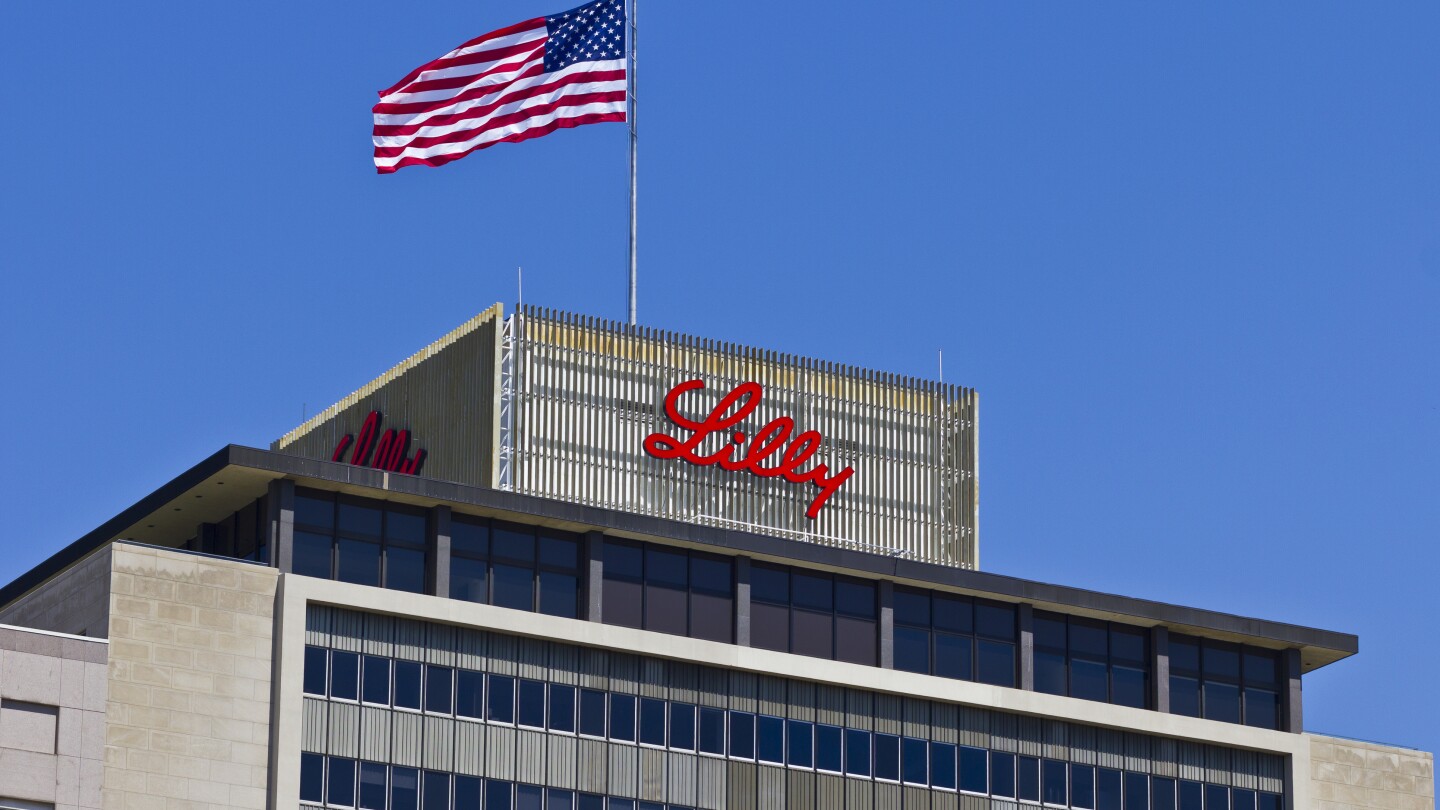GLP-1
Viking Therapeutics CEO Brian Lian is watching the growth of interest in MASH and obesity but prepared to go it alone.
Seven Novo Nordisk board members have resigned. The new board headed by former Novo Nordisk CEO Lars Rebien Sørensen will align behind the new CEO’s massive restructuring plan.
Rybelsus can now be used as a primary or secondary prevention pill to lower the risk of major adverse cardiovascular events in at-risk patients with type 2 diabetes.
CMS Administrator Mehmet Oz clarified that a deal has not yet been sealed with the manufacturer of semaglutide, Novo Nordisk, or any other GLP-1 drugmaker.
After beating Novo Nordisk’s semaglutide last month, Lilly’s much anticipated oral candidate orforglipron has taken down AstraZeneca’s Farxiga in a head-to-head trial.
Kailera’s lead asset, KAI-9531, elicited an average weight loss of more than 17% in a Phase III study in China. The biotech expects to launch a global late-stage program for the drug this year.
MET-097i’s mid-stage performance “bodes well” for Pfizer’s proposed buyout of Metsera, according to BMO Capital Markets, a deal centered heavily on the investigational GLP-1 drug.
Small and large drugmakers alike have made big, proactive moves to secure the production capacity that will be vital to serving the weight loss market.
In letters to Eli Lilly and Novo Nordisk, the FDA accused the companies of downplaying the risks of their GLP-1 weight loss drugs during a prime time special with Oprah Winfrey.
The over-representation of males and Hispanic patients in Eli Lilly’s Phase III ATTAIN-1 study could explain why orforglipron “underperformed” expectations in a previous readout, according to analysts at BMO Capital Markets.
PRESS RELEASES










